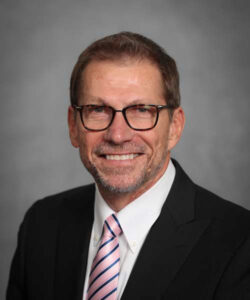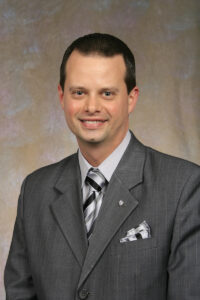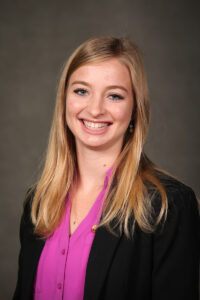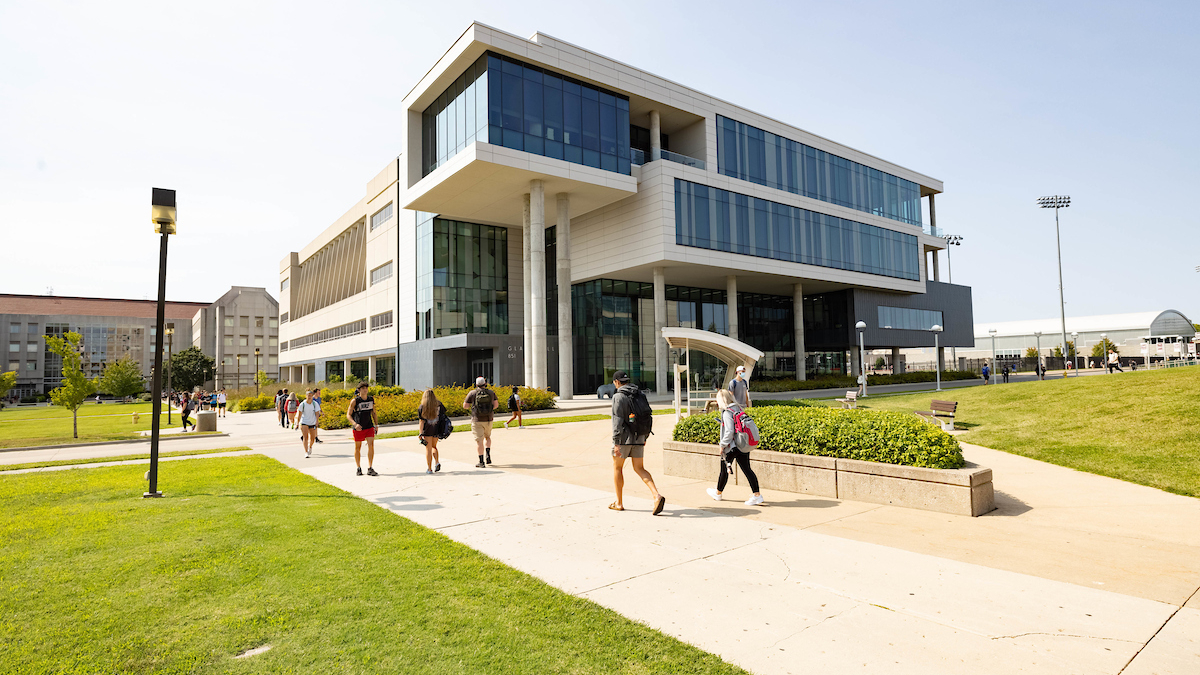Although they encountered numerous twists, turns, and roadblocks in the publication process, Dr. Philip Rothschild, associate professor of Entertainment Management, and Dr. Benjamin Goss, assistant professor of Entertainment Management, are glad they didn’t give up.

Their adventure started in 2015 when student Mikaela Hutson approached Rothschild about completing an honors course with him in hopes of conducting research and getting published. Rothschild has a history of collaborating with students which has led to four students’ getting published.
Rothschild had just authored a music business article using Robert Cialdini’s principles of persuasion theory, where he analyzed an author’s online presence through the six principles to determine social media traction and trajectory.
“I gave her the framework for persuasion theory. I said, ‘I’d like you to find examples of how we can tie these persuasion principles to entertainment events promoted on social media channels. See if we can find examples of these principles in the world of event management.’ That was the initial path,” Rothschild said.
Hutson did an excellent job finding examples, but the paper wasn’t where it needed to be. To submit to a journal, it needed polishing, focus and deeper analysis.
That is when Goss stepped in and volunteered to work on the piece.
A renewed focus

The paper then began to take on a new life.
Goss chiseled away at it for the better part of two summers to revise and reposition the initial paper. Feedback from reviewers suggested it was still too broad.
“I would go to the library and just hammer away hour after hour at that thing,” said Goss. “Finally, we were given some advice to narrow it to just one entertainment property to show the six examples.
“I thought, ‘Okay, now our troubles are over; this is going to be easy to do.’ Once again, I was wrong. In the sport industry, properties were cranking out tons of social and digital media, but they had no real pattern or method to their madness. They were throwing a lot of things to the wall and just seeing what stuck.”
So his research spilled over into a third summer. Then Goss tried to find one sport property out of all pro sports teams, MLB, NFL, NBA, NHL, MLS, and all the college teams in the Power Five conferences in Division I in the NCAA that he could use to show all six parts of Cialdini’s theory.

In all, he scoured social media accounts of more than 300 teams.
“Finally, I was able to dig through more than two years’ worth of posts and find all six of the categories on the social media channels of the USC Trojans,” Goss said. “That took a tremendous amount of time. But once I was able to find them, I knew the paper was in place, and we were home free.”
The hard work paid off
While working on that paper with Rothschild and Hutson, Goss noticed some studies blended well with others from a separate project. Together, he and Rothschild combined them into an analysis that yielded a second related peer-reviewed journal article.
The two professors took small portions of both papers and successfully earned two conference presentations at the 2019 Society for Marketing Advances Conference in New Orleans, Louisiana. One of the presentations received the Best Paper in Tourism and Hospitality award.
“It was really gratifying, Phil was very gracious for allowing me to come on board,” said Goss. “We were able to make this thing go a long way and generate so much ROI from it, and it all began from Mikaela’s hard work as an undergraduate student.”
Rothschild was pleased that Hutson’s hard work eventually led to a published paper.
“There’s a great pride when you can get a publication with a student who then becomes an alumna, and that alumna now has a credential on her resume — a published paper in an academic journal,” Rothschild said.
He also learned a valuable lesson about collaboration.
“When it comes to research, there’s an ebb and flow to your research, and there’s also an ebb and flow to your passion,” said Rothschild. “Early on, I was passionate about this topic. Then my passion and interest began to wane. Then Ben stepped in. Ben was passionate about it and took it to the next level. That’s the beauty of collaboration — each person can bring their passion, their strengths, and their point of view to a project and make something better for the benefit of all.”

